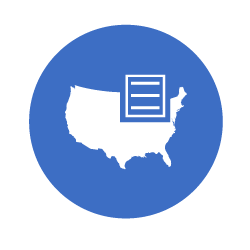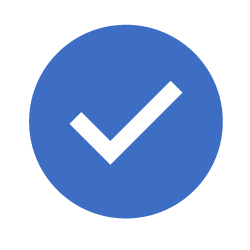Education
This encompasses the infrastructure and reform of the system of education. In order to solve educational problems, we must approach at system-level.
Learning with Boundaries
The term Content is defined by any curriculum, instructional or learning material that is placed in front of a student. Much of the public sector's content framework is adopted for many of our school districts. One such framework is the Common Core State Standards (CCSS).
The CCSS defines what students should know and be able to do in each subject in each grade. According to the California Department of Education, the Board of Education determines this standard for their students. In 2010, more than forty states adopted the same standards for English and Math.
Too Many Boundaries
Defining a standard that can be adopted by a multitude of schools creates structure and routine. However, a system such as this means that there are many boundaries in place for each subject that prevents further learning or expression. Standards like these add a set of guidelines for every student that they must follow in order to be considered competent in their coursework. However, the guidelines themselves are far too narrow and parochial to enable creativity.
Consider this in just a twenty-student classroom, a standard of learning that all students have to follow. It's likely that five of them, or even just one of them, will not adhere well to these standards due to differing learning styles. The CCSS says that not only do we have to learn within narrow boundaries but we also have to follow a singular path to getting to the right answer. The real world encourages us to explore several paths. The reality is we are applying the a standard across a nation that will not fit the mold of every classroom. As a nation, we are restricting learning, eliminating creativity and discouraging exploration. This means that public schools cannot be places of creativity and innovation which is detrimental to the outcomes of our students.





